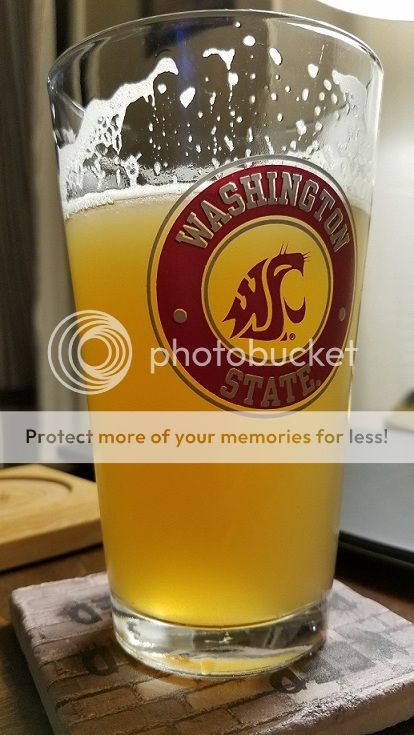Brewing this again tomorrow. Any recommendation to bump the color to more of an orange hue while maintaining flavor?
Add 1/4 pound of Caramel 35 or something like that.
If you want to avoid adding caramel malts, you could try 1-2 ounces of Roast Barley, Carafe, Midnight Wheat...... something like that. It will add color, but there is not enough of it to add flavor.
Probably want to shoot for 7 SRM or so would be my guess.













































![Craft A Brew - Safale BE-256 Yeast - Fermentis - Belgian Ale Dry Yeast - For Belgian & Strong Ales - Ingredients for Home Brewing - Beer Making Supplies - [3 Pack]](https://m.media-amazon.com/images/I/51bcKEwQmWL._SL500_.jpg)














